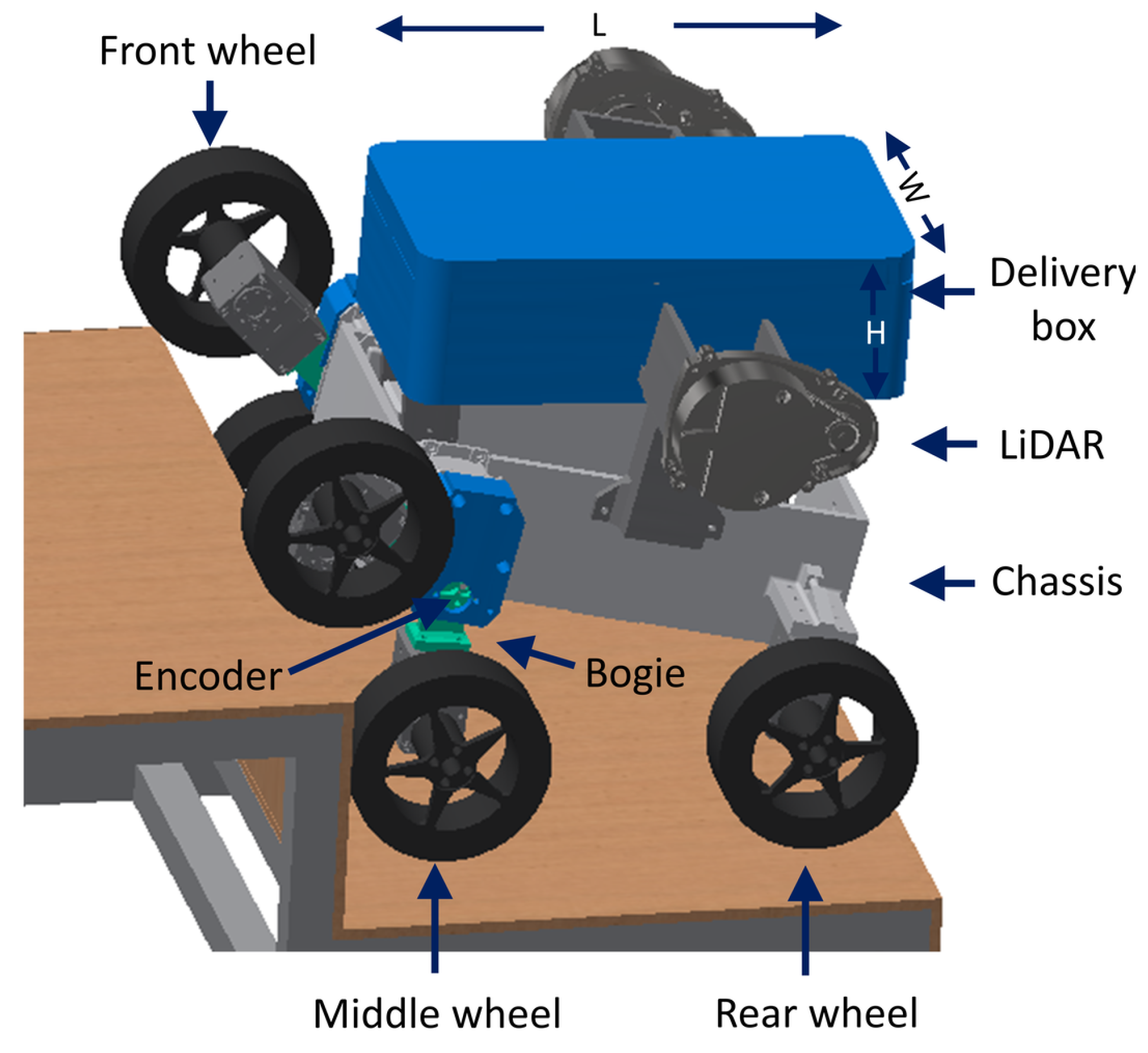
How to design a robust robot chassis for stability?
Robots are becoming increasingly popular in today’s world, being used in various industries such as manufacturing, healthcare, and even exploration. One of the key components of a robot is its chassis, which serves as the foundation on which all other parts are built. A well-designed chassis is essential for the stability and functionality of the robot. In this article, we will discuss how you can design a robust robot chassis for improved stability.
1. Consider the materials
The materials used in the construction of the chassis play a crucial role in determining its strength and durability. Aluminum and carbon fiber are commonly used materials for robot chassis due to their lightweight yet sturdy nature. Consider the application of the robot when selecting materials, as some environments may require more robust materials such as steel.
2. Optimize the shape
The shape of the chassis can also impact the stability of the robot. A wider base provides better stability, especially for robots that need to carry heavy loads or navigate rough terrain. Additionally, consider adding reinforcements or braces to key stress points on the chassis to prevent deformation under pressure.
3. Incorporate suspension systems
Adding a suspension system to the robot chassis can significantly improve its stability, especially when traversing uneven surfaces. Suspension systems absorb shock and vibrations, reducing the impact on the robot’s components and improving overall performance. Consider using springs or dampers to create a more stable chassis.
4. Balance weight distribution
Proper weight distribution is essential for stability in a robot chassis. Ensure that the weight of the components is evenly distributed across the chassis to prevent tipping or toppling over. Consider using counterweights or adjusting the placement of components to achieve optimal weight distribution.
5. Test and iterate
Once you have designed the robot chassis, it is essential to test it in various conditions to ensure its stability and functionality. Conduct rigorous testing to identify any potential weaknesses or areas for improvement. Iterate on the design based on test results to create a robust and stable robot chassis.
Conclusion
Designing a robust robot chassis for stability is essential for the functionality and performance of the robot. Consider the materials, shape, suspension systems, weight distribution, and testing when designing the chassis to improve stability and overall performance. By following these tips, you can create a sturdy robot chassis that can withstand the demands of various applications.
Was this helpful?
0 / 0